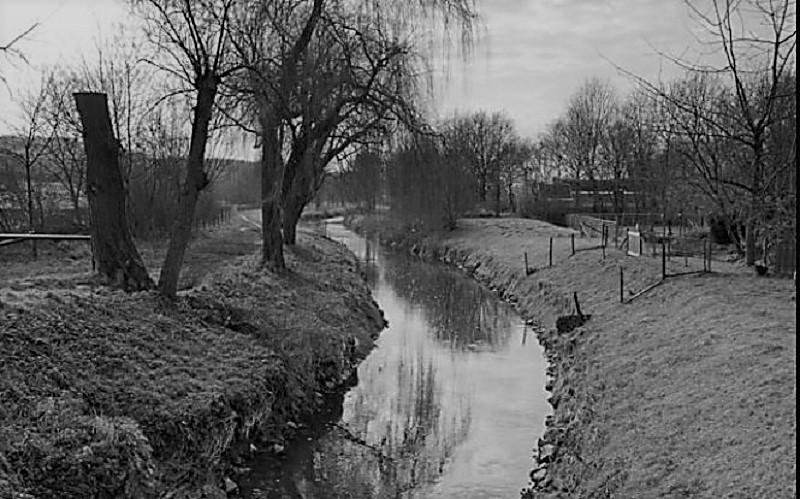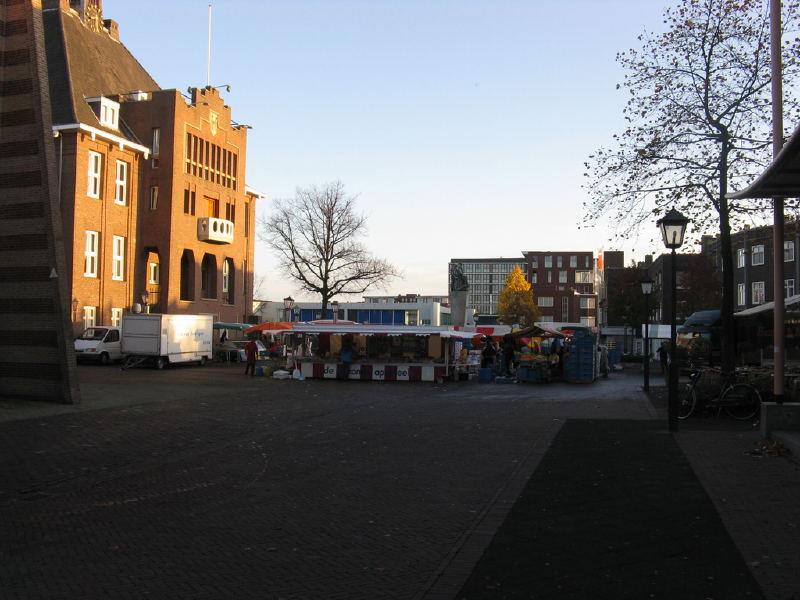
The buzzword nowadays is “immigrants” and in hardly any context it is used in a positive way. Here is the thing though, who is an immigrant?
This is just a micro snapshot in history. It is basically a background of my family well at least from my Mother’s side.
The picture at the start of the blog is a picture of the marriage certificate of my maternal grandparents. They got married on December 28,1915.
The groom Durk Jager, the bride Tetje Hoekstra. They lived and were married in a small village in Friesland, in the Northwest of the Netherlands. The village Harkema-opeinde was part of the wider municipality of Achtkarspelen.

It was a rural place and there was not much work to be got. In Limburg, in the Southeast of the Netherlands, there was plenty of work though. This was because of the ‘black gold’, coal . In the early part of the 20th century. Between 1906 and 1926 coal mines were opened in the most southern province bringing with it job opportunities, not just only in the coal industry but also in the wider economy.
The biggest and the last one to be opened was States mine Maurits in Geleen, which opened in 1926.

That was the call for my grand parents to pack up things and uproot the family for a journey southward to Geleen. Even though the Netherlands is just a small country, in the 1920s a journey like that was the equivalent of emigrating to the US or Canada nowadays.
I used the term emigrating because that is what they were doing. The place they were going to was alien to them. Coming from Friesland they had their own language, a different culture and also a different religion, Friesland being a predominantly Protestant province where Limburg was a predominantly Catholic province. Even the landscape was different.
The new immigrants arrived in Limburg and had to adapt to a new way of life.My Grandparents weren’t the only ones to leave Friesland, because of the lack of work in Friesland a great number of Frisians chanced their luck in the hilly area of the Southern part of Limburg.

I am an immigrant too, because I left that same hilly area of southern Limburg for the emerald isle, Ireland. I emigrated because of my wife, who had emigrated from Ireland to the Netherlands 6 years prior.
In 1997 we decided to move to Limerick in Ireland.

So many people have immigrated over the centuries, when you go back far enough in history you will discover that most of us come from an immigrant background.
So next time someone talks in a disparaging manner about immigrants , just remember they maybe talking about you or your family.
(originally posted on January 15, 2019. Reposted with minor amendments January 10,2022)
Donation
I am passionate about my site and I know you all like reading my blogs. I have been doing this at no cost and will continue to do so. All I ask is for a voluntary donation of $2 ,however if you are not in a position to do so I can fully understand, maybe next time then. Thanks To donate click on the credit/debit card icon of the card you will use. If you want to donate more then $2 just add a higher number in the box left from the paypal link. Many thanks
$2.00







![pr8751[1]](https://dirkdeklein.files.wordpress.com/2018/01/pr87511.jpg)













You must be logged in to post a comment.